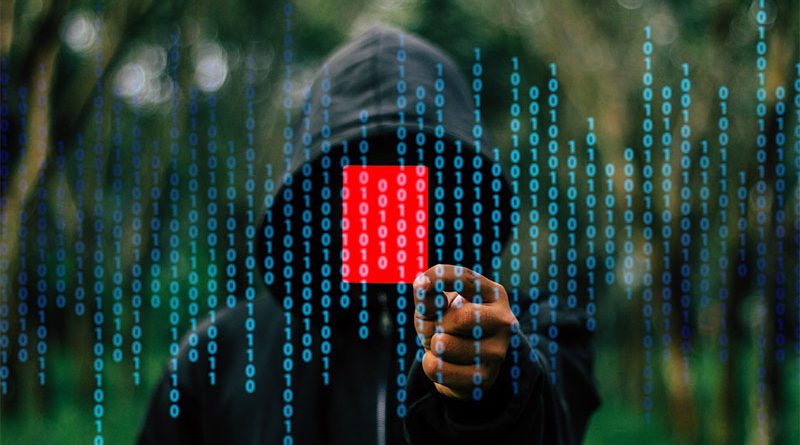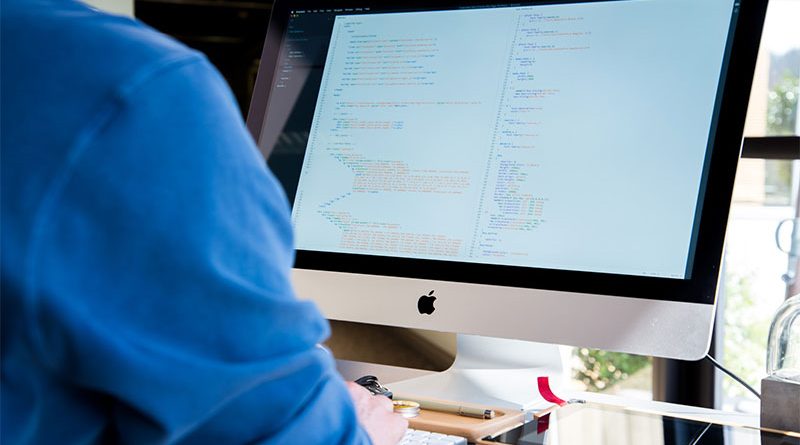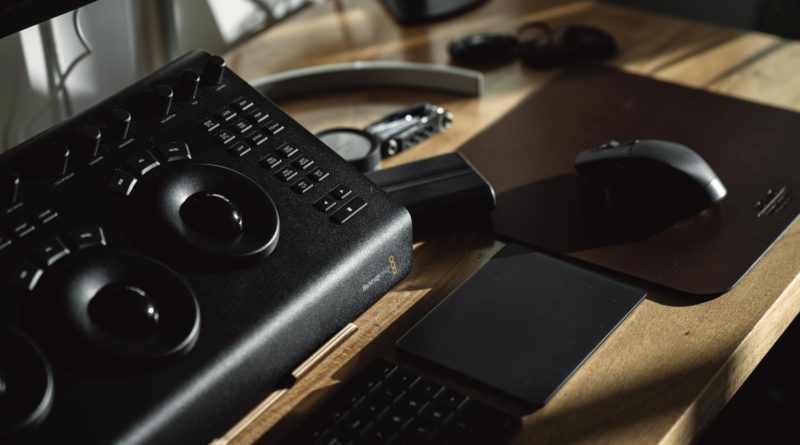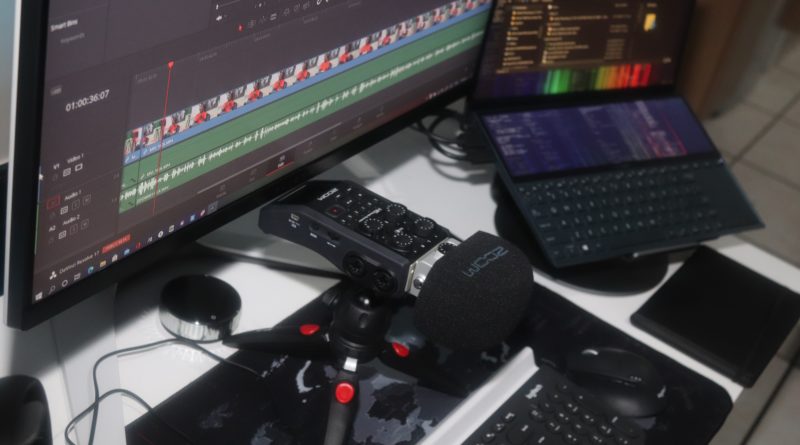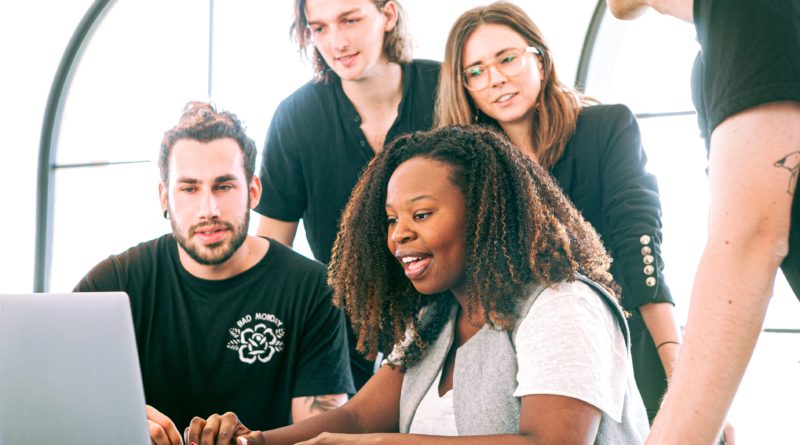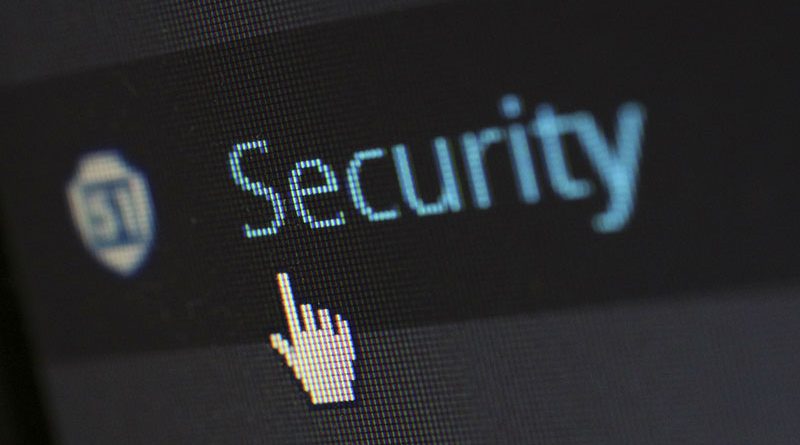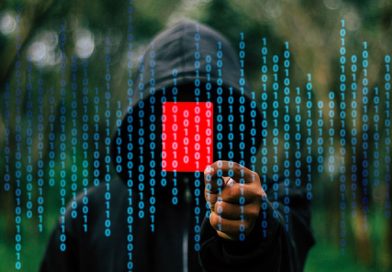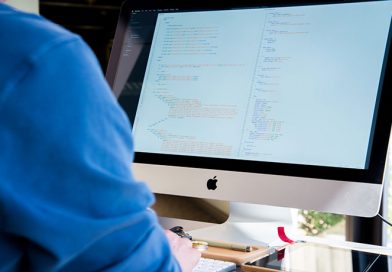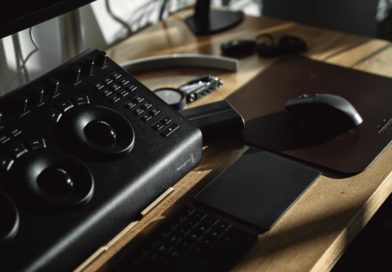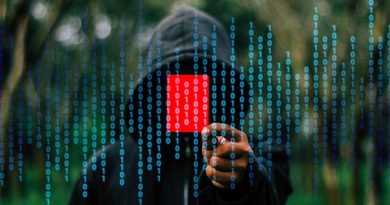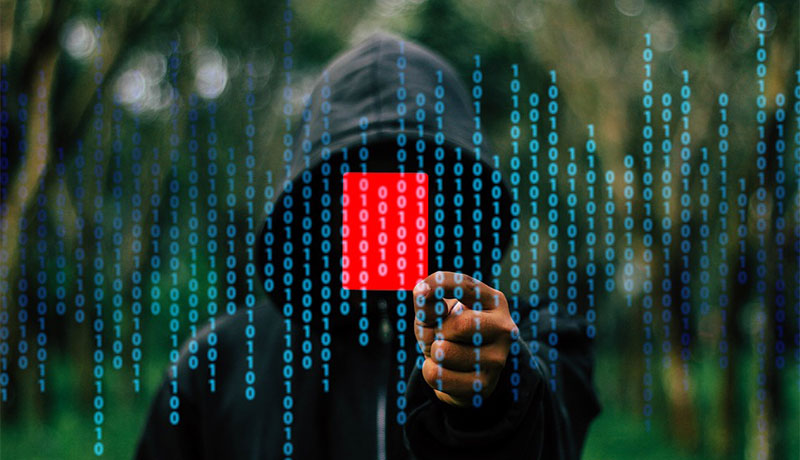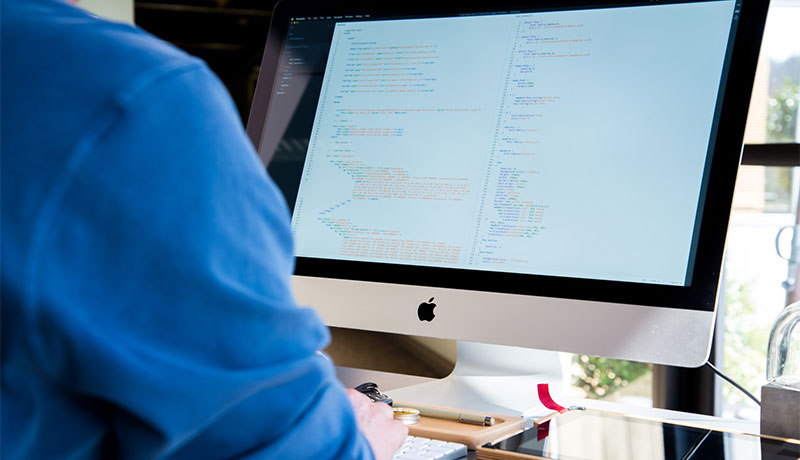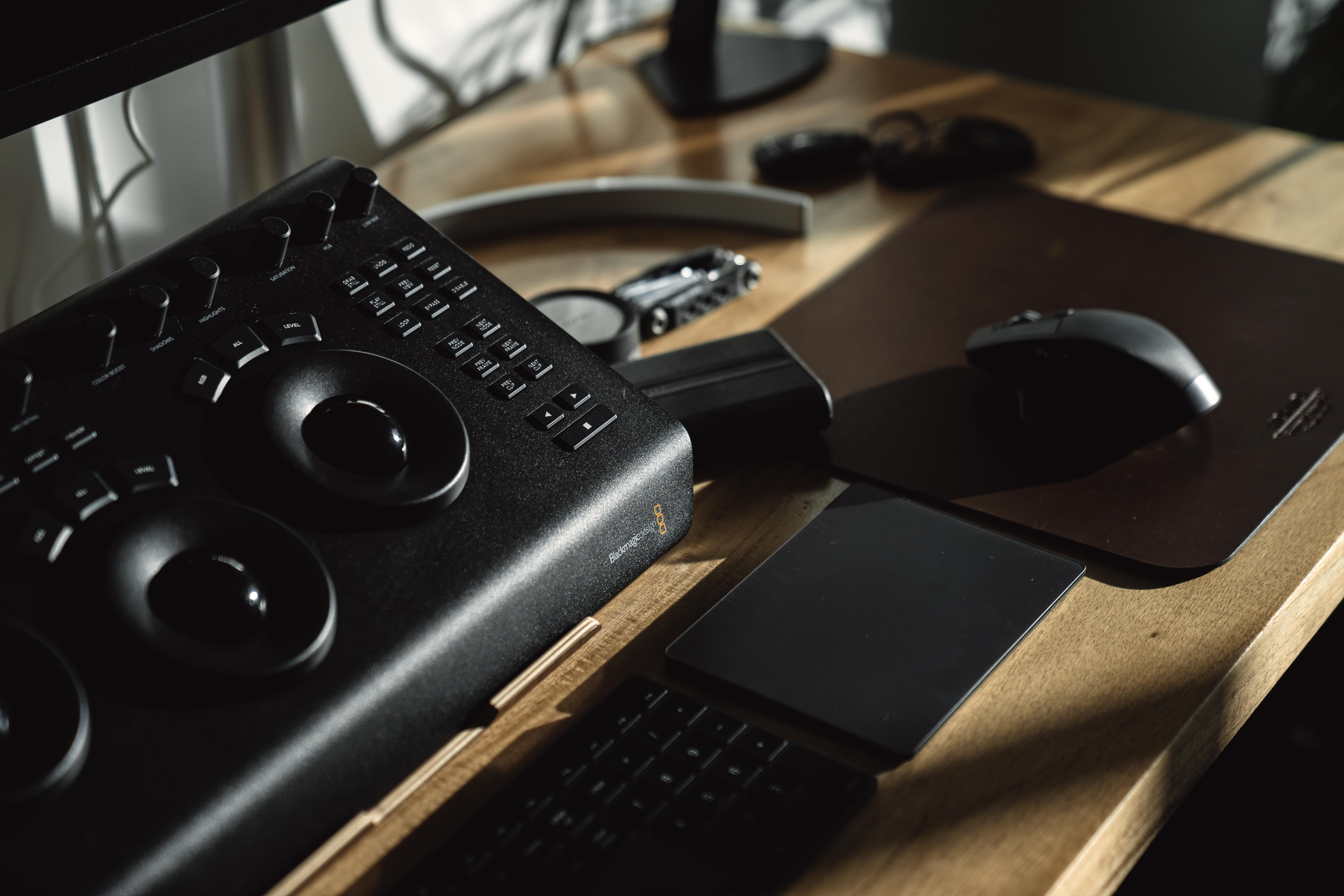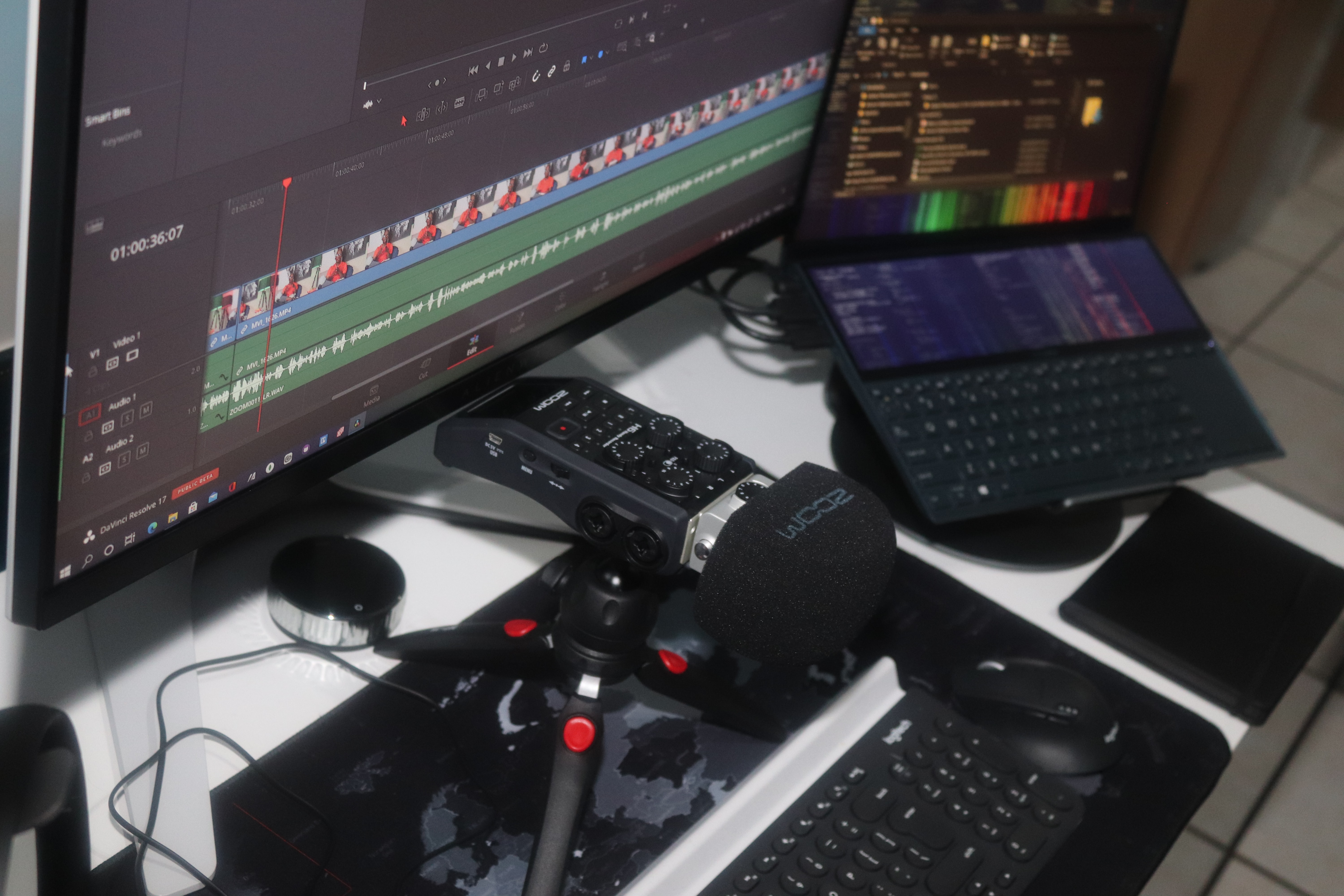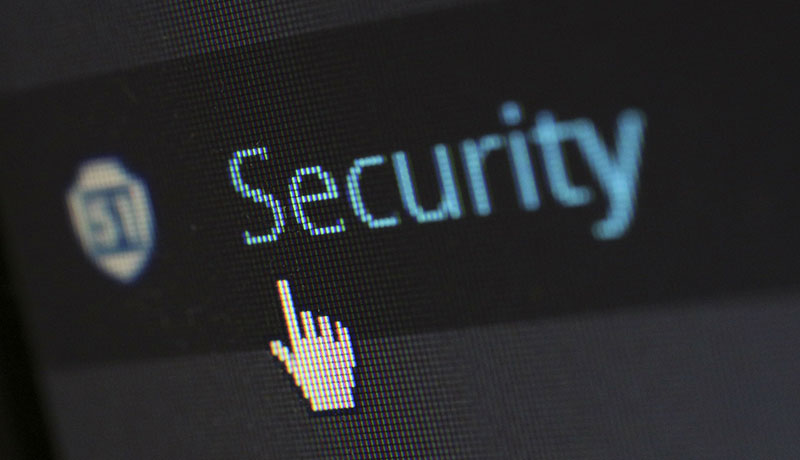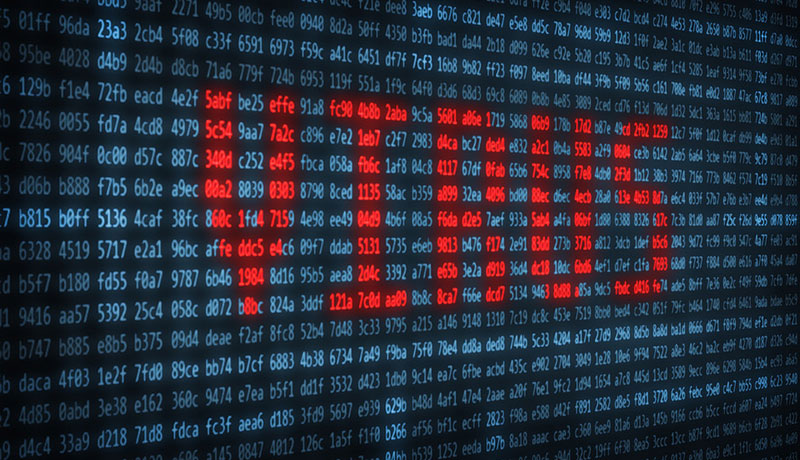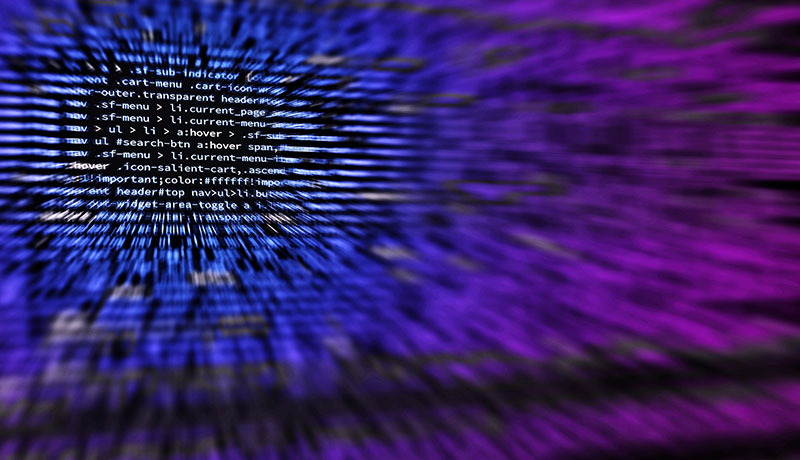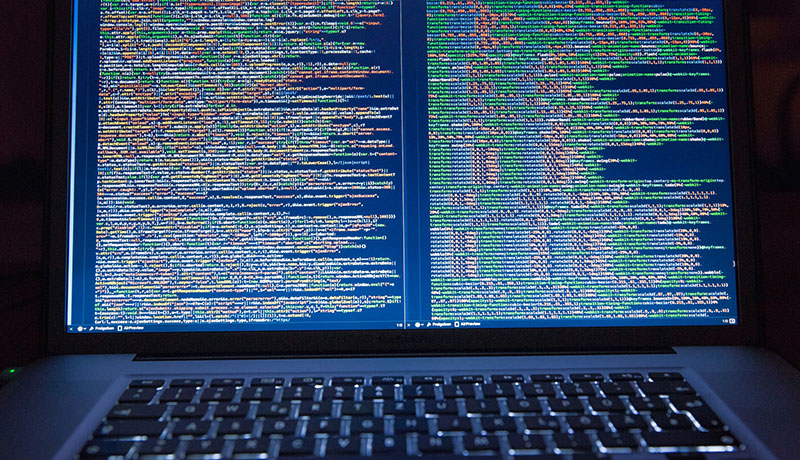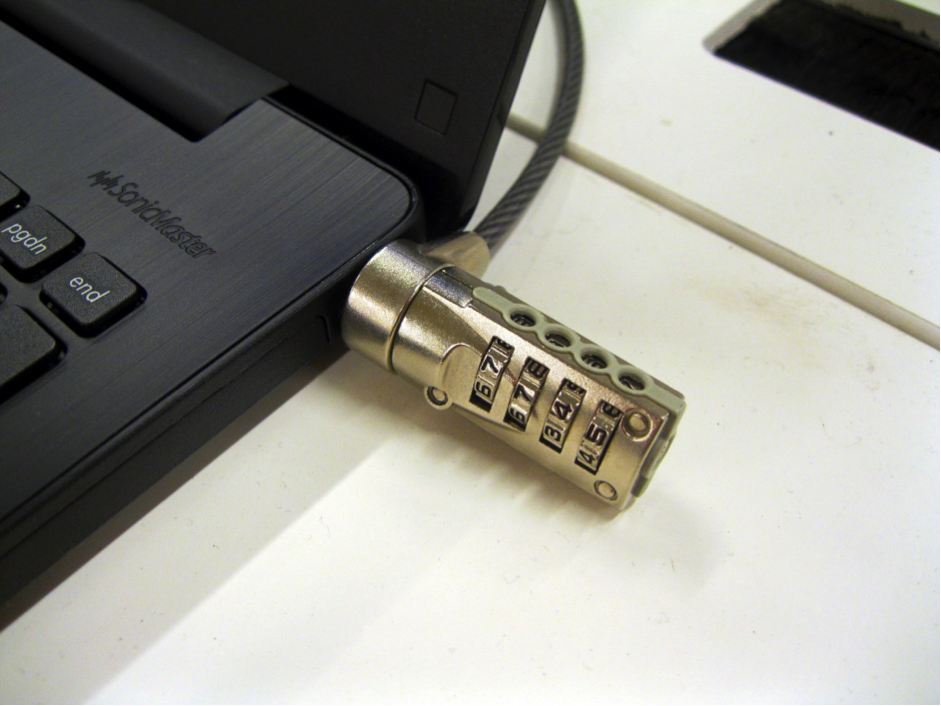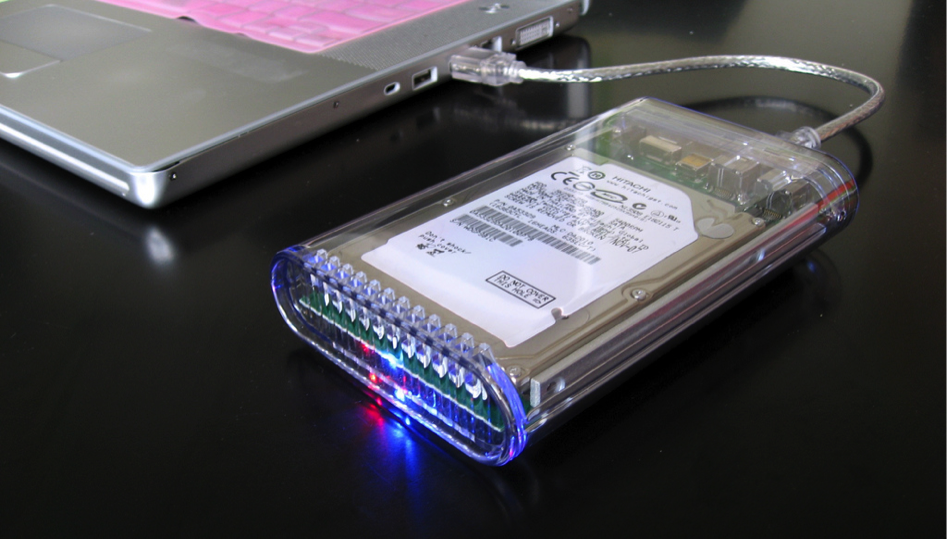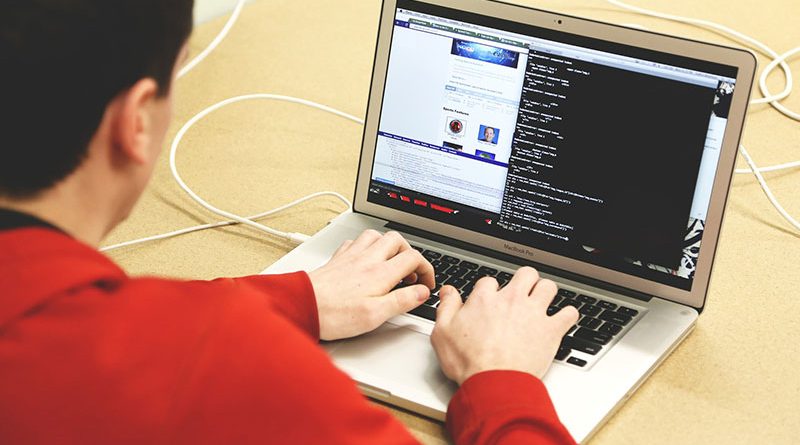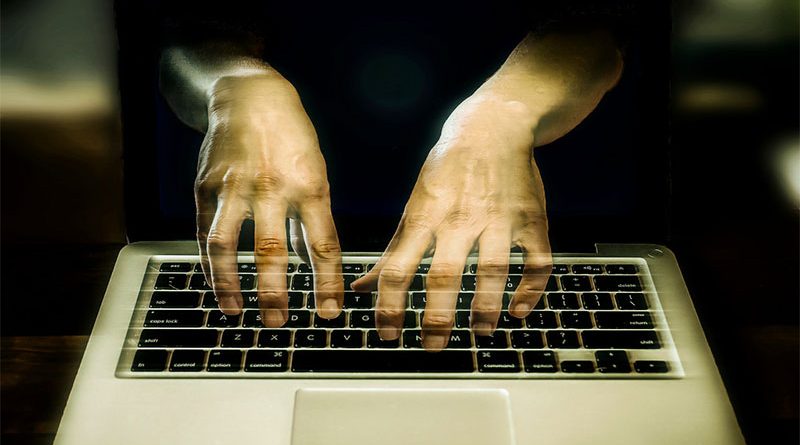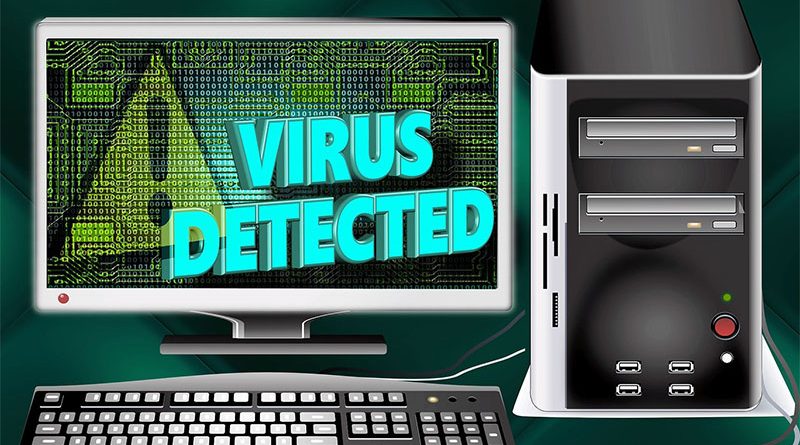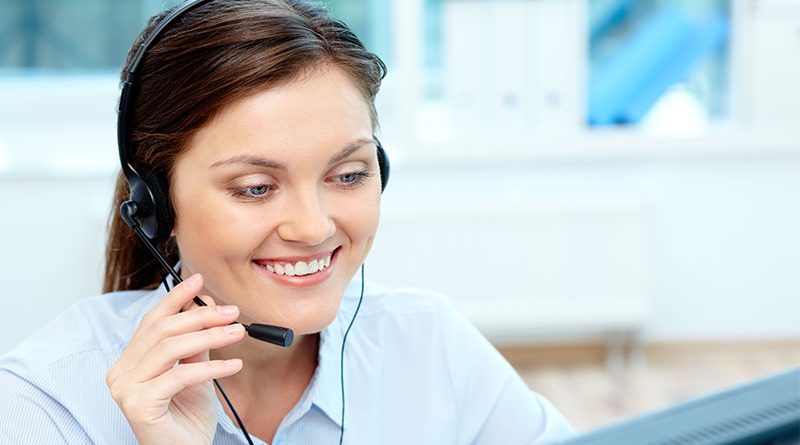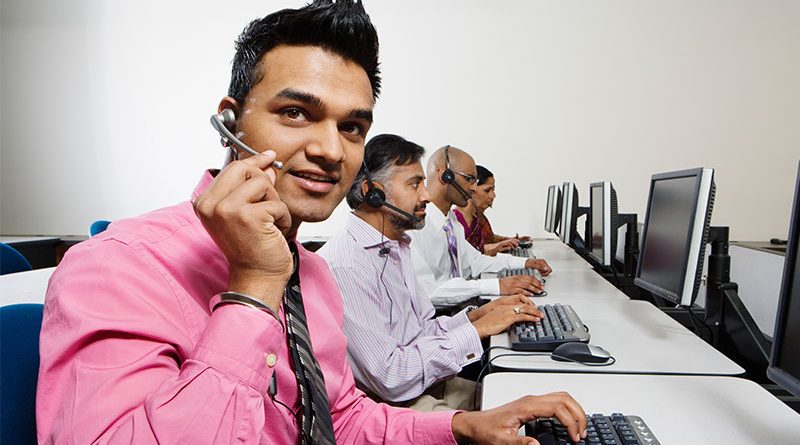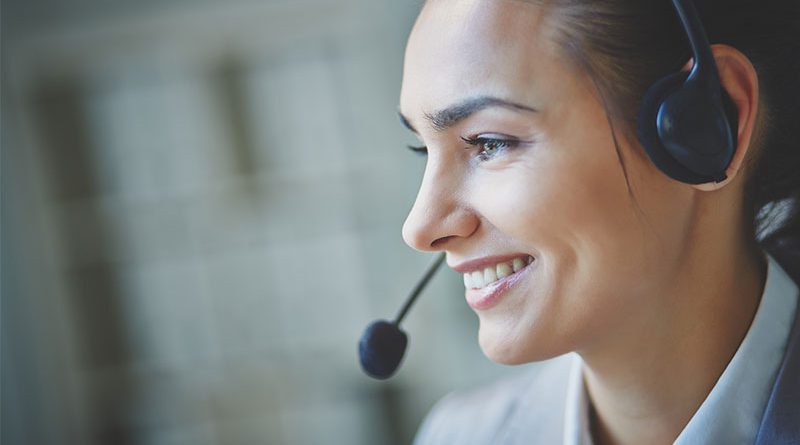A brief history of malware – its development and impact
A brief look at the history of malware shows us that this harmful threat has followed us since the beginning of the computer itself. According to Scientific American, the idea of a computer virus dates back to 1949, when early computer scientist John von Neumann wrote “The Theory and Organization of Complex Automata,” an article that assumes how a computer program could reproduce. In the 1950s, Bell Labs employees revived von Neumann’s idea when they created a game called “Core Wars.” In the game, programmers released software “organisms” that competed to control the computer.
The earliest documented viruses began to appear in the early 1970s. Historians are often the first to use “Creeper Worm,” an experimental self-replication program written by Bob Thomas of BBN Technologies. Creeper had access to ARPANEST and copied himself to external systems, where it showed the message: “I’m an indexer, take me if you can!”
But the term “virus” wasn’t introduced until the mid-1980s. Fred Cohen, often considered a computer virus, made the term in a doctoral thesis in 1986. In one sentence, he defined “virus” as follows: “A program that can infect other programs by modifying them to include a potentially advanced version of itself.”
From this simple and benevolent platform came a massive and diabolical industry. Today, according to the Anti-Phishing Task Force, malware has infected a third of the world’s computers. The consequences are astonishing. Cybersecurity Ventures reports that losses from cybercrime, including malware, are expected to reach $6 trillion a year by 2021.
In this post, we will briefly review the history of malware and how it evolved and affected the world. For a closer look at different types of malware, see the Lastlines Malware Types and Ratings blog.
History of malware – First years
Early malware was primitive and often spread completely offline on floppy disks carried by human-handers from computer to computer. As networks and the Internet mature, malware makers quickly adapt malware and take advantage of new communications media.
The earliest documented viruses began to appear in the early 1970s. Historians are often the first to use “Creeper Worm,” an experimental self-replication program written by Bob Thomas of BBN Technologies. Creeper had access to ARPANEST and copied himself to external systems, where it showed the message: “I’m an indexer, take me if you can!”
But the term “virus” wasn’t introduced until the mid-1980s. Fred Cohen, often considered a computer virus, concurred with the term in his doctoral thesis in 1986. In one sentence, he defined “virus” as follows: “A program that can infect other programs by modifying them to include a potentially advanced version of itself.”
From this simple and benevolent platform came a massive and diabolical industry. Today, according to the Anti-Phishing Task Force, malware has infected a third of the world’s computers. The consequences are astonishing. Cybersecurity Ventures reports that losses from cybercrime, including malware, are expected to reach $6 trillion a year by 2021.
In this post, we will briefly review the history of malware and how it evolved and affected the world. For a closer look at different types of malware, see the Lastlines Malware Types and Ratings blog.
History of malware – First years
Early malware was primitive and often spread completely offline on floppy disks carried by human-handers from computer to computer. As networks and the Internet mature, malware makers quickly adapt malware and take advantage of new communications media.
History of malware – Toolkits and amazing infection prices
Between 2000 and 2010, malware increased significantly in both the number and number of bouncy infections. At the turn of the millennium, internet and email esmads made headlines around the world. Later, we saw a dramatic increase in malware toolkits, including the now infamous Sony rootkit, which was essential for malware makers, including rootkits in most modern malware. Crimeware packages specifically aimed at websites also grew in popularity, and the number of compromised websites increased accordingly. SQL injection attacks became a leading threat and require popular victims such as IKEA. See jammin jars by casumo to get to learn more.
